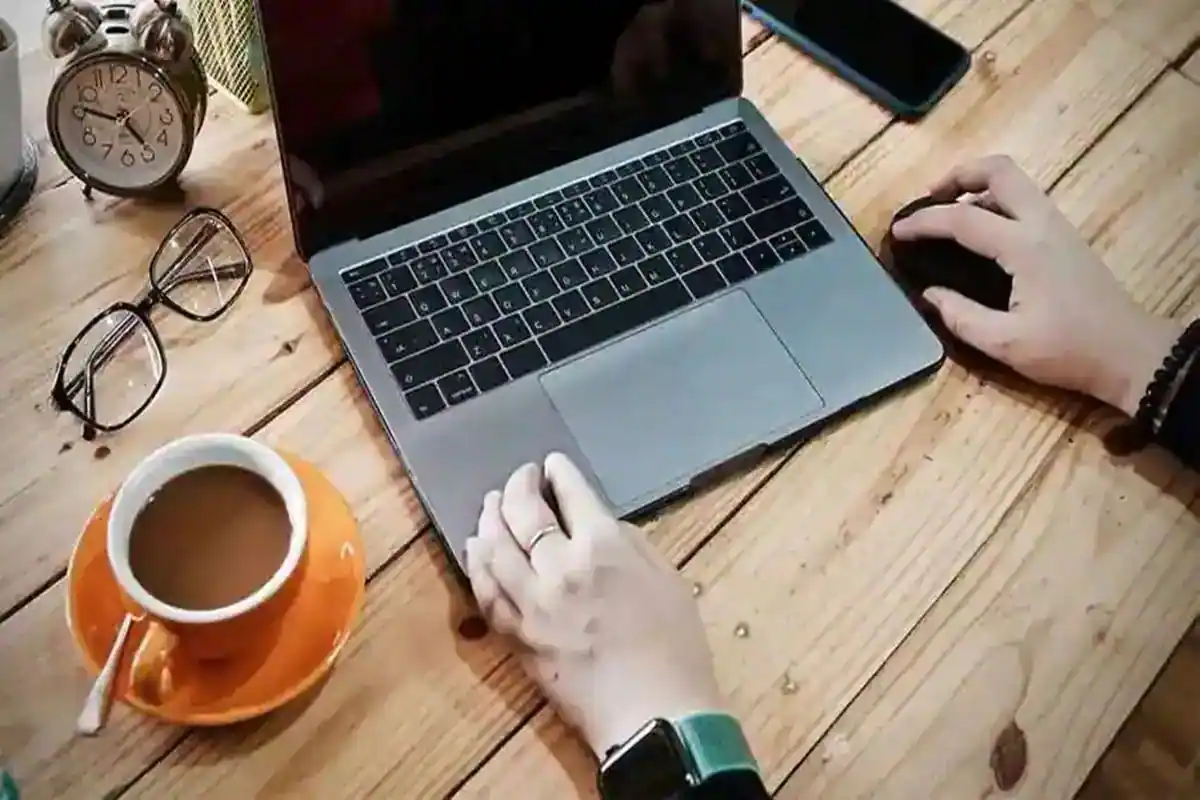Here’s an inside account of how we we moved to deal with the most dramatic event of our lifetimes.
Spotting
I think we read the signs early. When it hit Iran it seemed likely that this might not be a SARS or a H1N1 or even an Ebola. We knew then that the worst case scenario is a possibility.
Planning
We started building a BU-wise Business Continuity Plans (BCP) in the event that the virus hits Mumbai. Mission critical functions were identified. Back-ups planned. Laptops were ordered. Vendors were identified for hiring laptops in short notice.
Implementing
In the beginning of March, India’s first case was detected in NOIDA. We knew it was just a matter of time now. Our Infosec team installed remote desktops, anti-viruses, and web filters on all new systems. Home internet connections were evaluated from speed and security perspectives, and back-ups made. Detailed training sessions were held with each team on data security policies and procedures.
Communicating
Everybody was made aware of the fast changing situation. We were apprised on what we needed to do to keep themselves and those around them safe.
Practicing
We started WFH live drills. Teams split into two, each working remotely on alternate days. Potential problems and pitfalls were identified and fixed. Processes for remote monitoring and reviews were set down.
In the second week of March, we were like an army waiting for an attack. Weapons positioned, arsenals in place. Ready for action at a moment’s notice.
Friday the 13th came with more news of the virus spreading in Mumbai. I forgot my laptop charger in office that evening. I didn’t know then that I’ll have to live without it for an indefinite period of time.
‘Stay at home’. We received the message on Sunday night. ‘Protect yourself, your loved ones, and the community at large’.
On Monday morning, 80% of us worked from home. Over the next few days, the remaining 20% transitioned their work to remote.
Early signs are encouraging.
In the first week of WFH, our operations team completed 15% more tasks than in the previous week, even though the completed tasks as a percentage of the tasks received was slightly lower.
The 9am Huddle is working quite well. Every team huddles together at 9am for a quick 20-min catch up. Everyone shares the top 3 things they want to achieve during the day. It’s almost like the starting gun for everyone. It gets everyone moving. It also helps build a shared sense of purpose.
We did a virtual Town Hall. Everybody logged in. But it wasn’t the kind of rumbunctuous affairs our Town Halls tend to become. Yet, it was good to know that everyone at IDfy was looking at the same screen and hearing the same voice at the same time.
While the transition has been smooth, greater challenges lie ahead. How to keep people motivated, feel connected to the larger cause, feel that sense of community that came from being together every day of the week?
There are a couple of experiments underway.
The coffee-break, for one. Ashok, our CEO, has started it. He does a 15-min virtual coffee break with different groups of people everyday. Just for laughs and general chit-chat. No shop talk. Others are starting their own virtual coffee-breaks.
We are exploring fun online games like Tambola (Housie) that everyone can play together. We’ll probably designate an hour on Friday afternoon when everyone logs in to play a game.
Given the average age of our people, Instagram will probably become the hub of all a lot of our interactions. Picture stories, captions, contests.
There’s ideas galore. We’ll experiment with formats. What’s good will stick.
In the process, may be, we’ll contribute to writing the blue-print for how organizations will work in the future.

 Video KYC
Video KYC

